Japanese pottery, renowned worldwide for its aesthetic sophistication and deep cultural heritage, encompasses an extraordinary variety of styles, each deeply tied to the local traditions, techniques, and materials of its region.
This comprehensive guide explores major Japanese pottery styles, historical developments, production methods, decorative motifs, and practical care guidelines to enrich your appreciation and use of these exquisite pieces.
Historical Development and Periods
Japanese pottery has evolved significantly across periods:
-
Jōmon Period (14,000–300 BCE): The Jōmon period marked the genesis of Japanese ceramics, characterized by intricate rope-patterned decorations made by pressing cords onto wet clay surfaces. These vessels served essential functions such as cooking, storage, and ceremonial purposes, highlighting their integral role in early Japanese society.
-
Yayoi Period (300 BCE–300 CE): Influenced significantly by Chinese and Korean pottery, Yayoi ceramics emphasized practicality, reflecting advancements in agriculture and societal shifts toward sedentary farming communities. Yayoi pottery is notably plain, usually undecorated, and crafted specifically for utilitarian purposes such as food storage and preparation.
-
Muromachi and Kamakura Periods (1185–1573): This era marked substantial cultural exchanges with China, introducing porcelain and significantly reshaping Japanese ceramic arts. The refinement of the tea ceremony during this period profoundly influenced pottery aesthetics, fostering styles like Raku ware, celebrated for their simplicity, rustic charm, and deep alignment with Zen Buddhist philosophy.
-
Edo Period (1603–1868): Ceramic arts flourished exceptionally during the Edo period, driven by increased domestic consumption and international trade. Styles like Kutani ware, noted for elaborate and vividly colored enamel decorations, and Imari ware, renowned for elegant blue-and-white porcelain, gained immense popularity. This period represented a peak of innovation, artistic expression, and market diversification in Japanese ceramics.
-
Meiji Period (1868–1912): The Meiji restoration ushered in extensive technological advancements and increased international exposure for Japanese pottery. Artisans skillfully blended traditional methods with Western techniques, creating hybrid ceramic styles that appealed to both domestic and global markets. This period saw the modernization of ceramic production, balancing historical heritage with contemporary needs.

Major Types and Regional Styles
Japanese pottery is distinctively regional:
-
Arita & Imari Ware (Saga Prefecture): Originating in Saga Prefecture, these styles are celebrated for porcelain pieces adorned with strikingly vibrant enamel colors and sophisticated motifs, often influenced by intricate Chinese designs.
-
Bizen Ware (Okayama Prefecture): Famous for its earthy, natural appearance, Bizen pottery is traditionally unglazed and acquires unique aesthetic qualities from high-temperature wood firing. This creates organic textures and varied color tones.
-
Shigaraki Ware (Shiga Prefecture): Recognizable by its robust structure, rough textures, and natural ash glazes resulting from the wood-firing process, Shigaraki ware embodies simplicity and resilience.
-
Mino Ware (Gifu Prefecture): Renowned for its diverse range of styles, including Shino, Oribe, and Setoguro, Mino pottery is characterized by expressive glazing techniques that produce visually captivating effects, prized by tea ceremony enthusiasts.
-
Kutani Ware (Ishikawa Prefecture): Distinguished by intricate designs and vibrant overglaze enamel decorations, Kutani ware is celebrated for its artistic sophistication and meticulous detail, often depicting historical or nature-inspired motifs.
-
Kyo Ware (Kyoto): Known for refined elegance, Kyo ware features delicate motifs and subtle glazes, frequently used in formal tea ceremonies and high-end dining due to its sophisticated and understated beauty.

Methods of Production
Traditional and contemporary methods include:
-
Coil and Throw Technique: An ancient technique combining hand-built coils with wheel-thrown shaping, allowing for intricate forms and enhancing structural integrity.
-
Firing Methods: Japanese potters utilize Anagama and Noborigama kilns—traditional wood-fired climbing kilns, that influence pottery with distinct colors, textures, and glaze effects through variations in temperature, atmosphere, and duration.
-
Glaze Application: Specialized glazing techniques such as Uchikake (dipped glaze), Nagashikake (flowing glaze), and natural ash glazing methods are integral, defining each style’s unique characteristics and aesthetic appeal.

Famous Techniques and Decorative Motifs
Key decorative motifs and glaze techniques:
-
Kintsugi: The art of repairing broken pottery with gold lacquer, celebrating imperfections by turning damaged pieces into uniquely beautiful objects that symbolize resilience and beauty.
-
Tenmoku Glaze: Renowned for its glossy, deep, dark finish, Tenmoku glaze is frequently used in tea ceremony bowls, appreciated for its striking visual contrast with the tea itself.
-
Overglaze Enamels: Characterized by vibrant decorative patterns inspired by nature, historical narratives, and stylized landscapes, overglaze enamels add depth and storytelling aspects to porcelain pieces.
-
Nature-Inspired Designs: Common motifs such as waves, clouds, stylized landscapes, and floral patterns reflect traditional Japanese appreciation for nature, infusing pottery with profound aesthetic and symbolic meaning.
Differences Between Pottery and Porcelain
Understanding key differences enhances appreciation:
-
Pottery (Stoneware): Crafted from coarse clay, pottery is fired at relatively lower temperatures (1,100–1,250°C), resulting in durable, porous, and tactile ceramics suitable for everyday use.
-
Porcelain: Made from refined kaolinite clay blended with feldspar and silica, porcelain undergoes firing at higher temperatures (around 1,300°C), creating translucent, non-porous, and exceptionally strong ceramics revered for their elegance and refined aesthetic.
Care and Usage Guidelines
Proper care ensures longevity:
-
Handwashing: Use mild soap and soft sponges to gently clean, preventing scratches and preserving surface integrity.
-
Microwave and Dishwasher Use: Verify product-specific guidelines; artisanal ceramics often require handwashing and careful handling.
-
Avoid Direct Sunlight: Limit prolonged exposure to prevent fading or discoloration.
-
Handling and Storage: Store with protective padding to avoid chips; gentle handling ensures longevity.
-
Restoration and Repair: Adopt Kintsugi practices if damage occurs, transforming flaws into artistic enhancements.
Conclusion
Japanese pottery styles embody profound cultural heritage, meticulous craftsmanship, and timeless beauty. Understanding their historical context, regional distinctions, methods of production, and proper care deepens one's appreciation and enhances everyday enjoyment. At MyJapaneseWorld.com, we proudly offer authentic pottery and porcelain crafted by Japan’s skilled artisans, inviting you to experience the extraordinary legacy of Japanese ceramics.


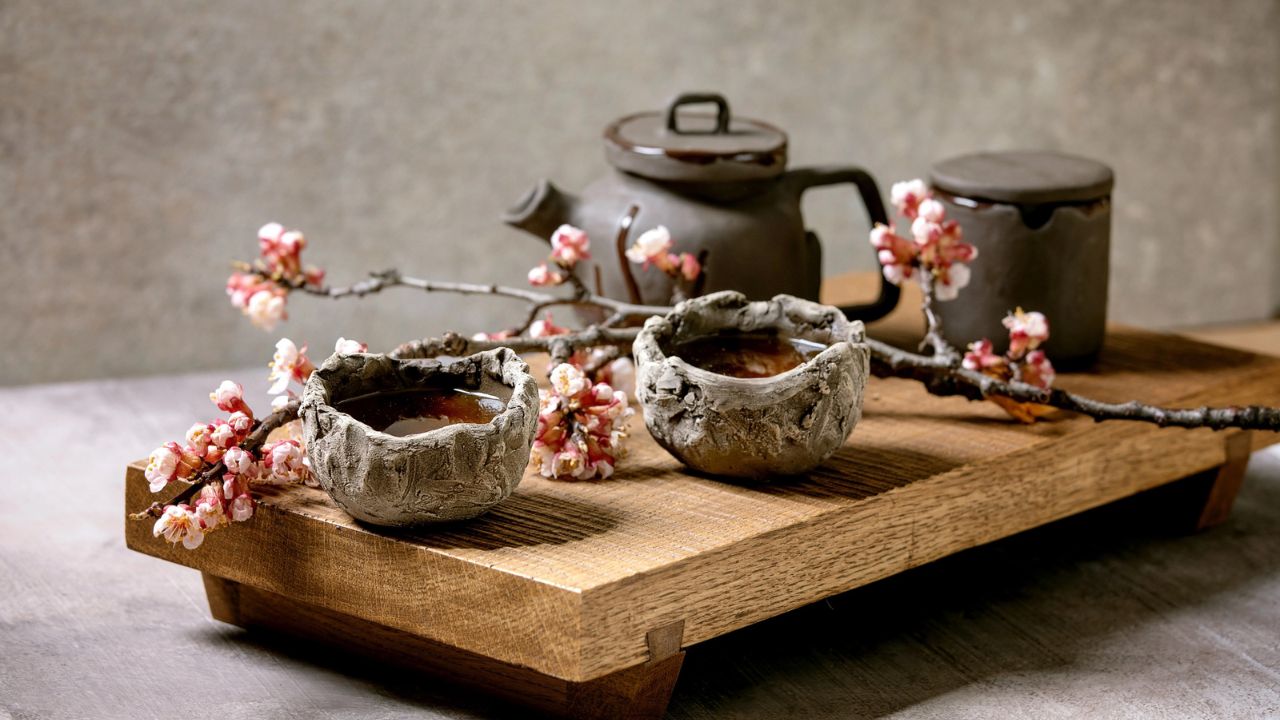


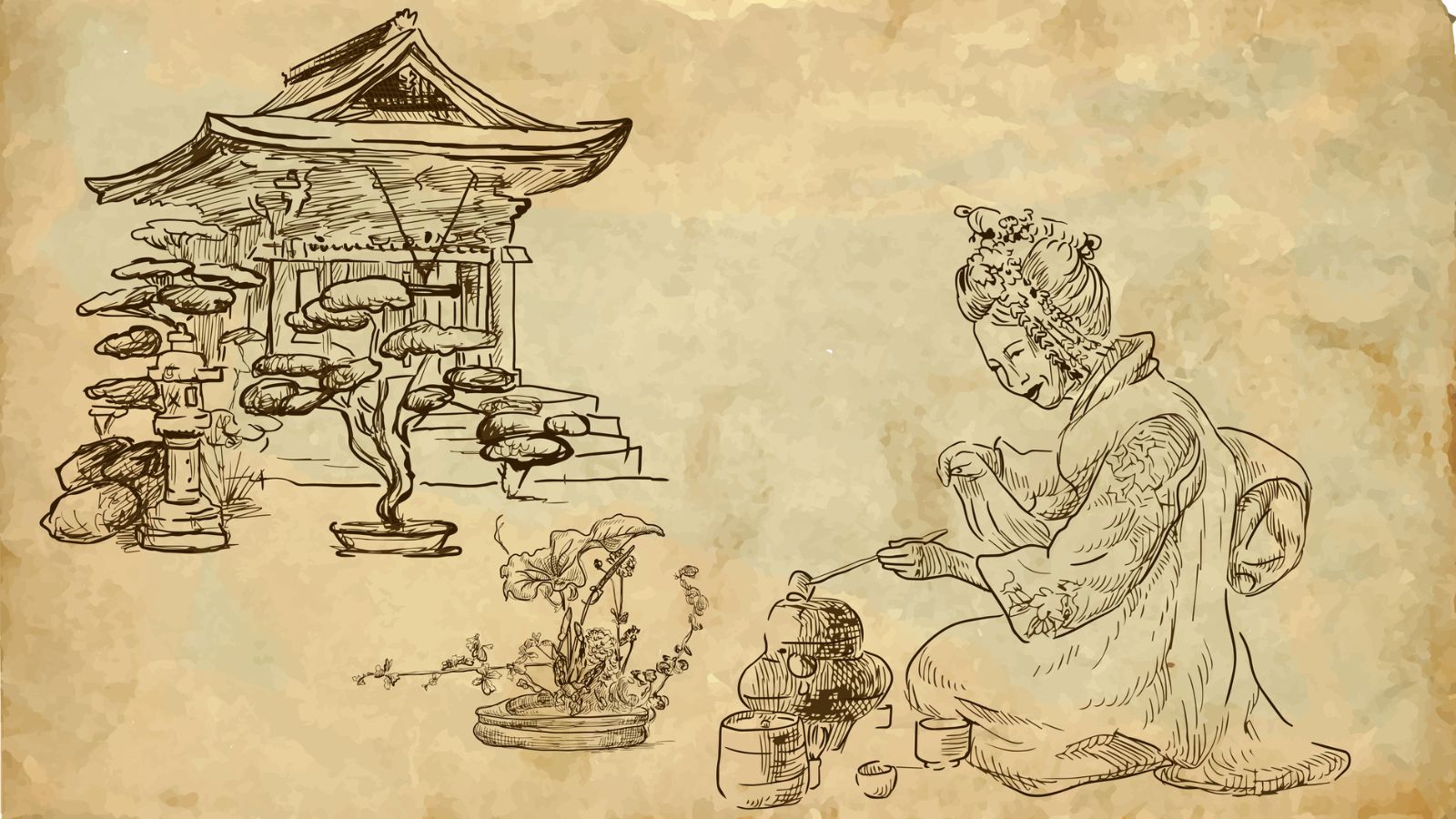
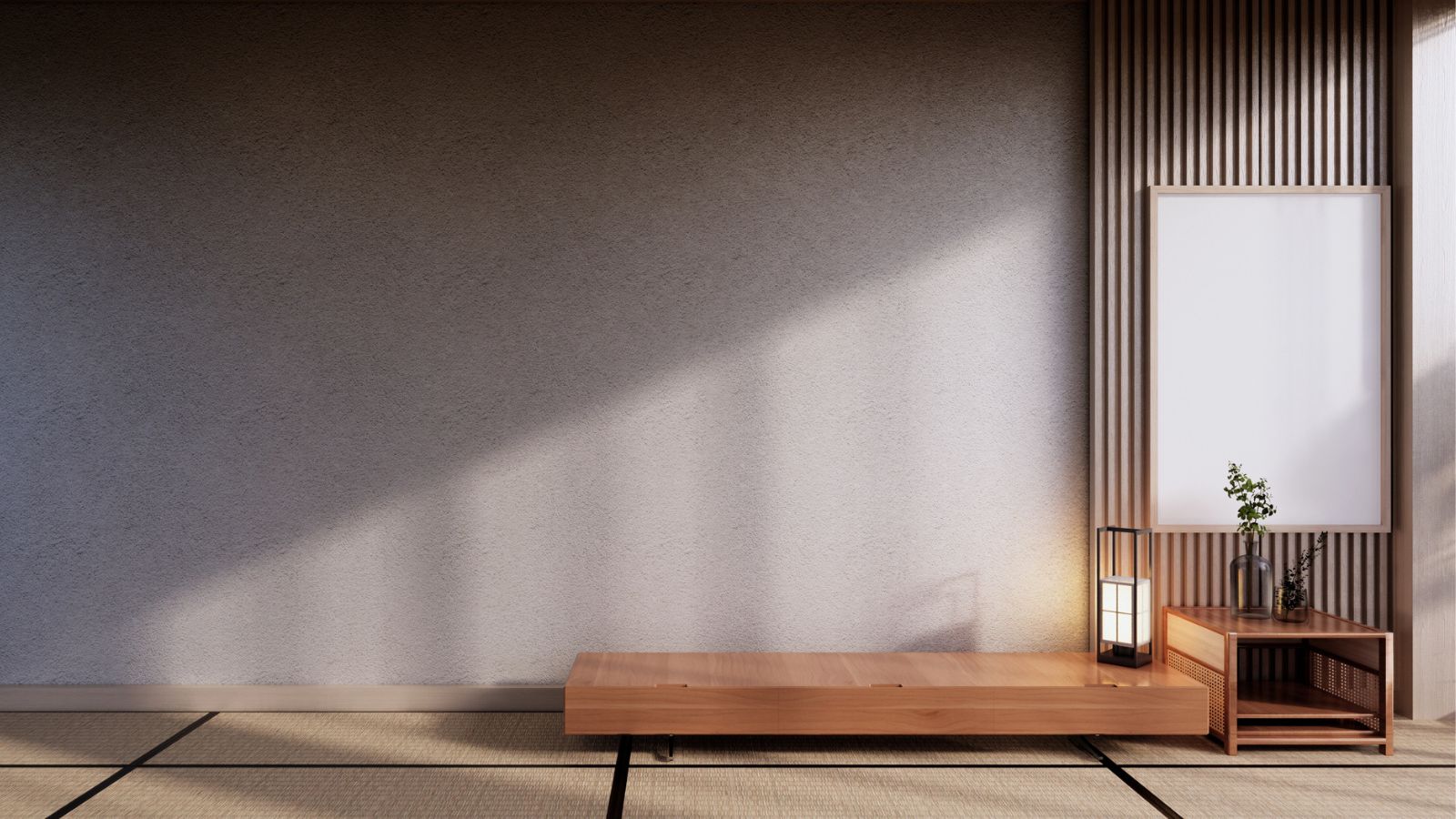

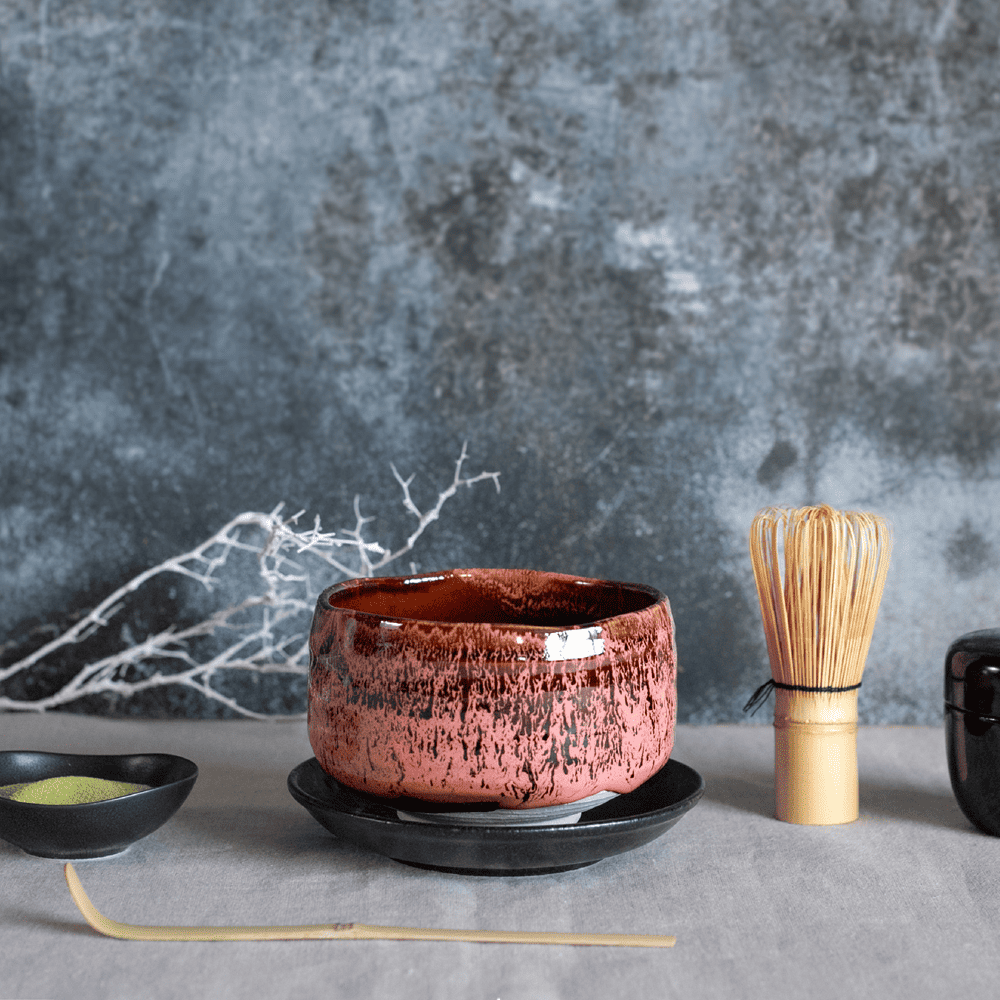
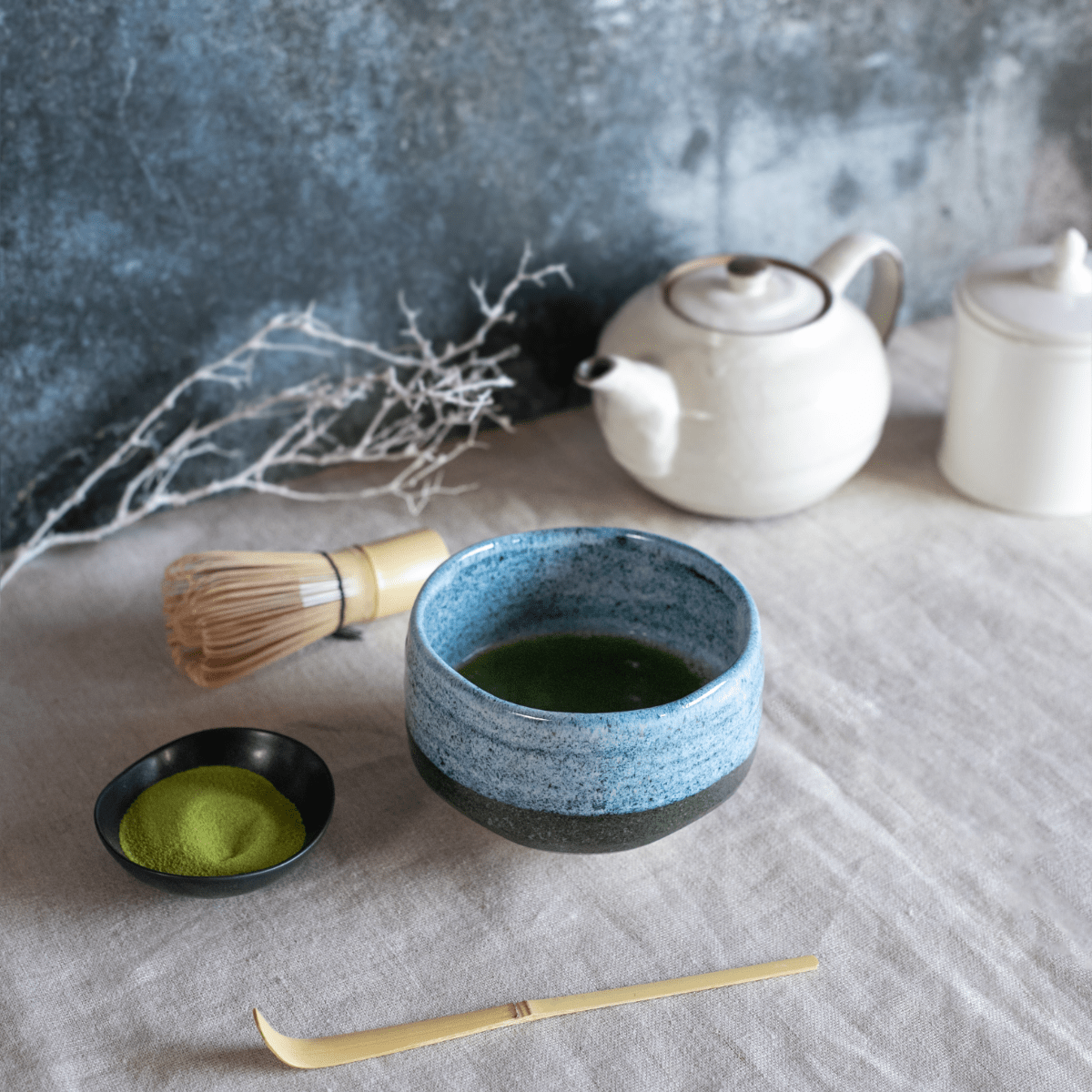

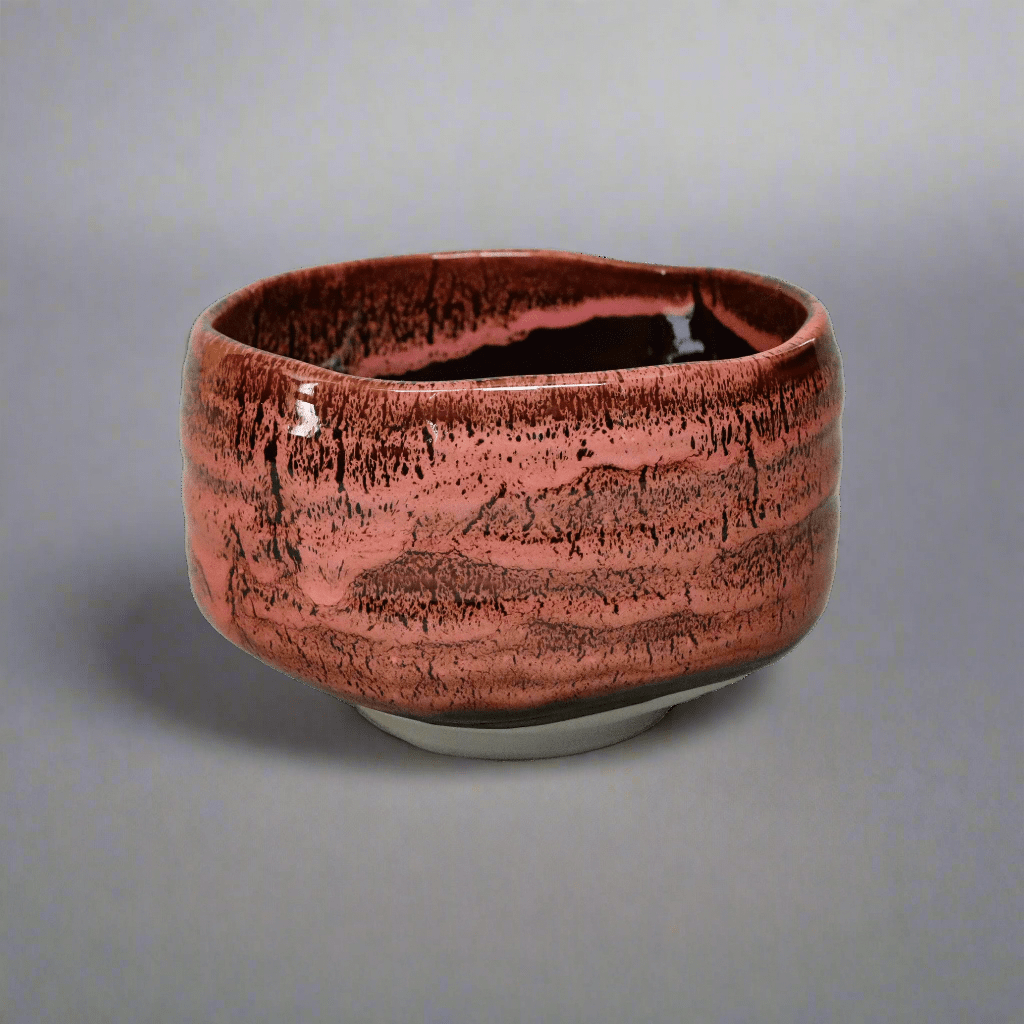
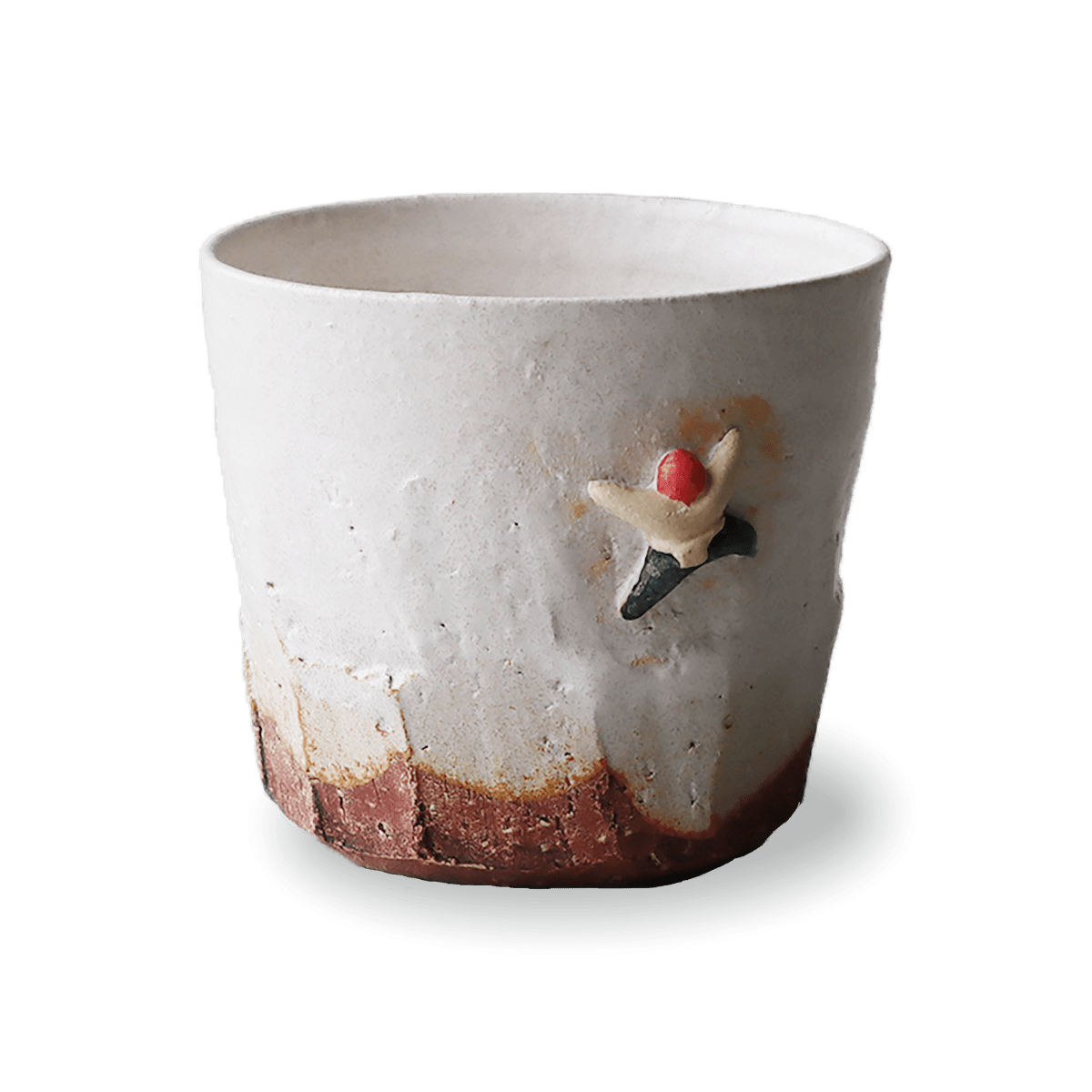

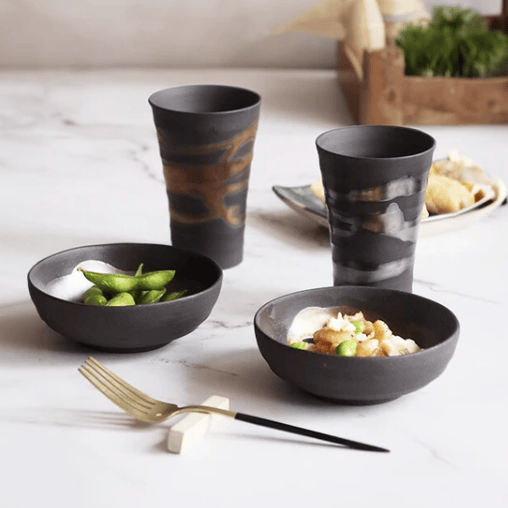
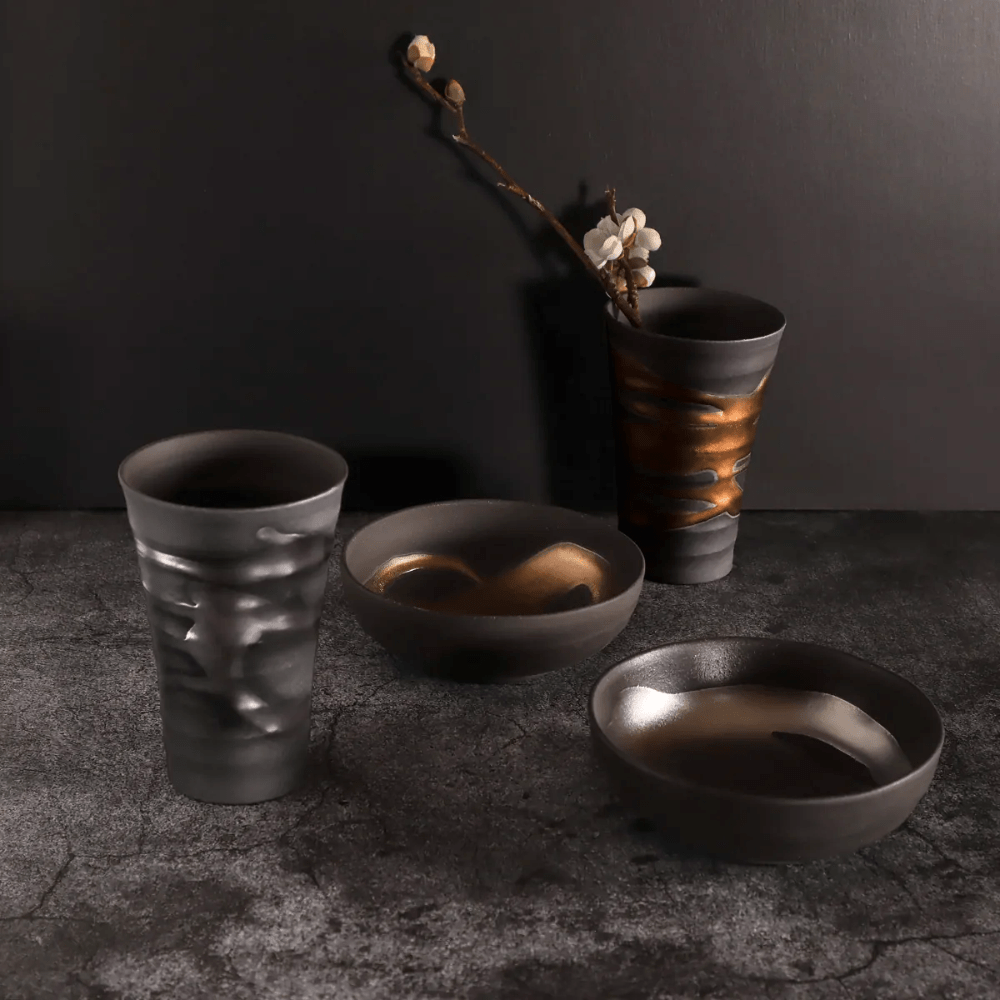
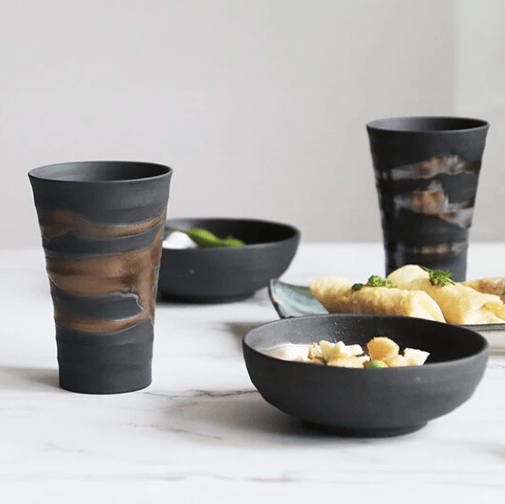
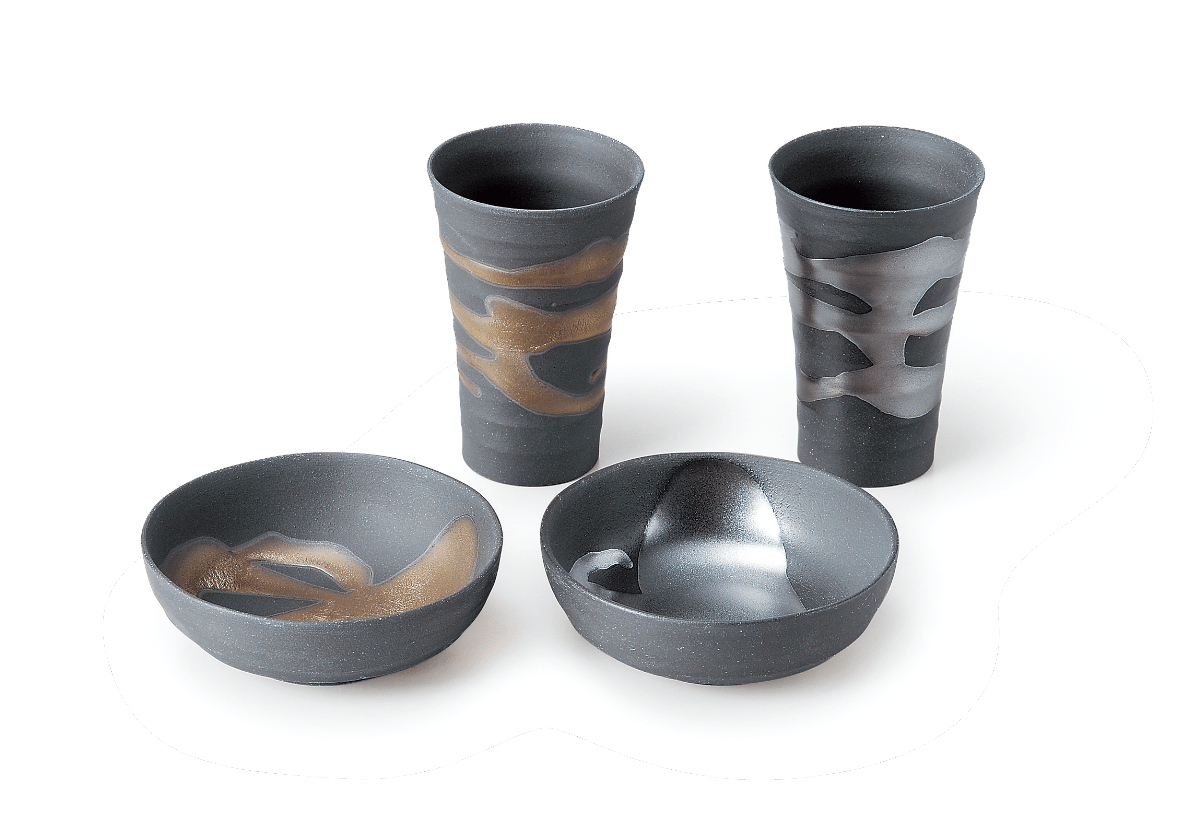
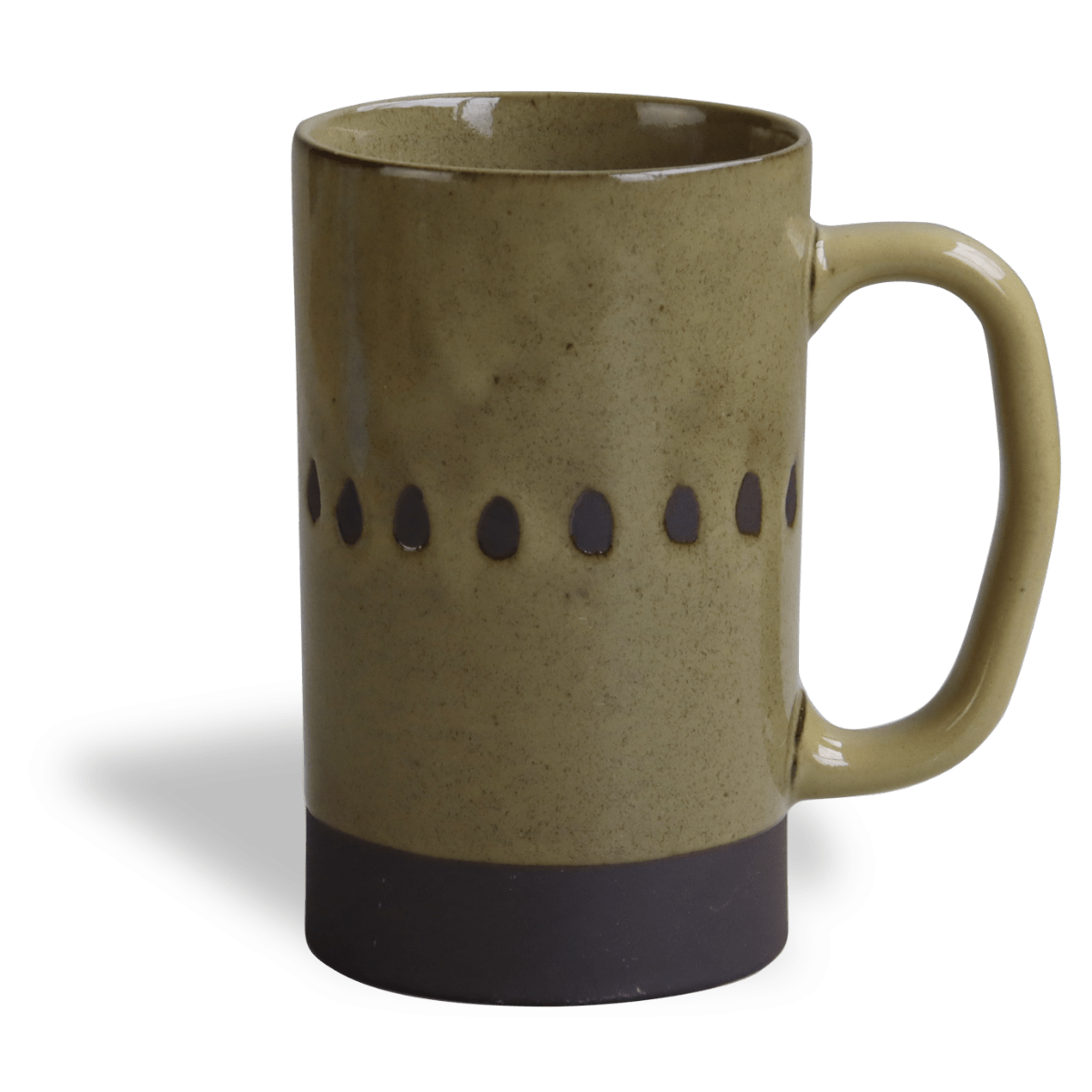
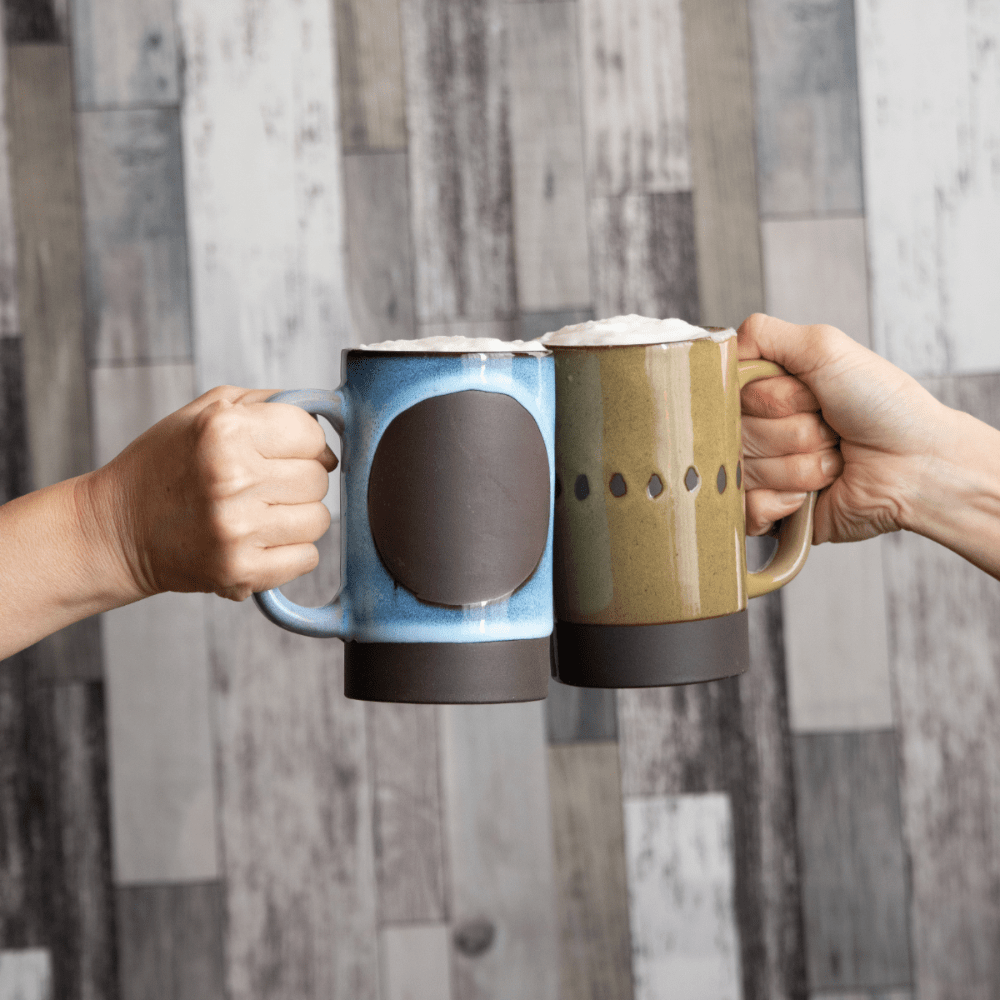
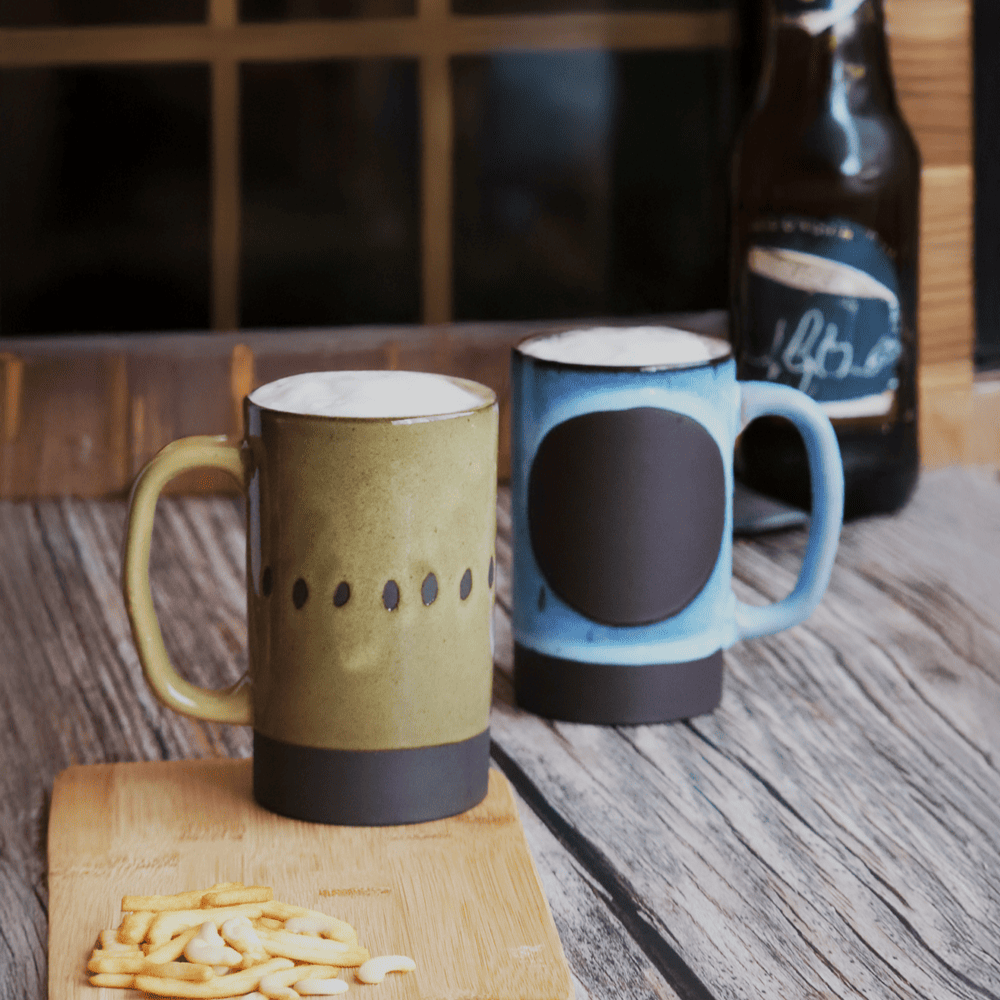

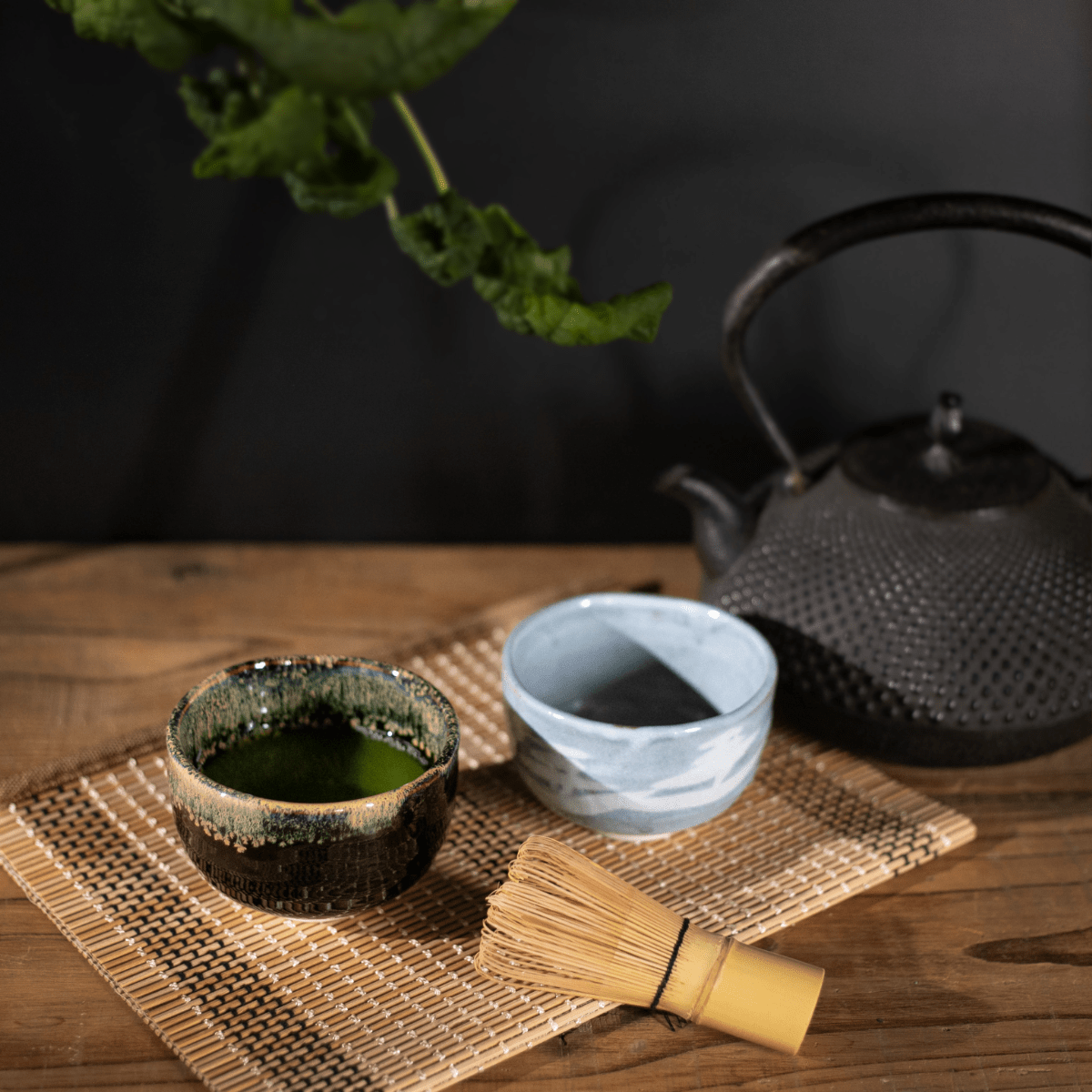
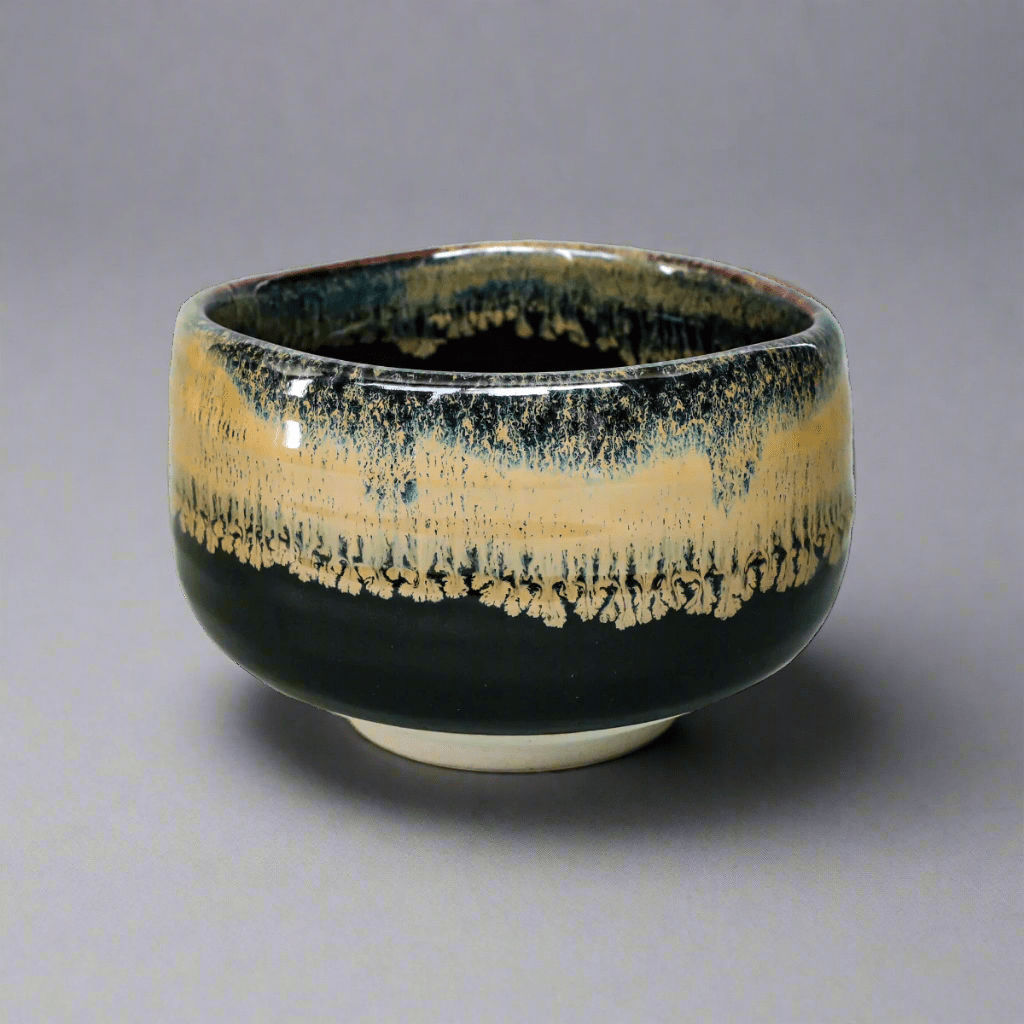
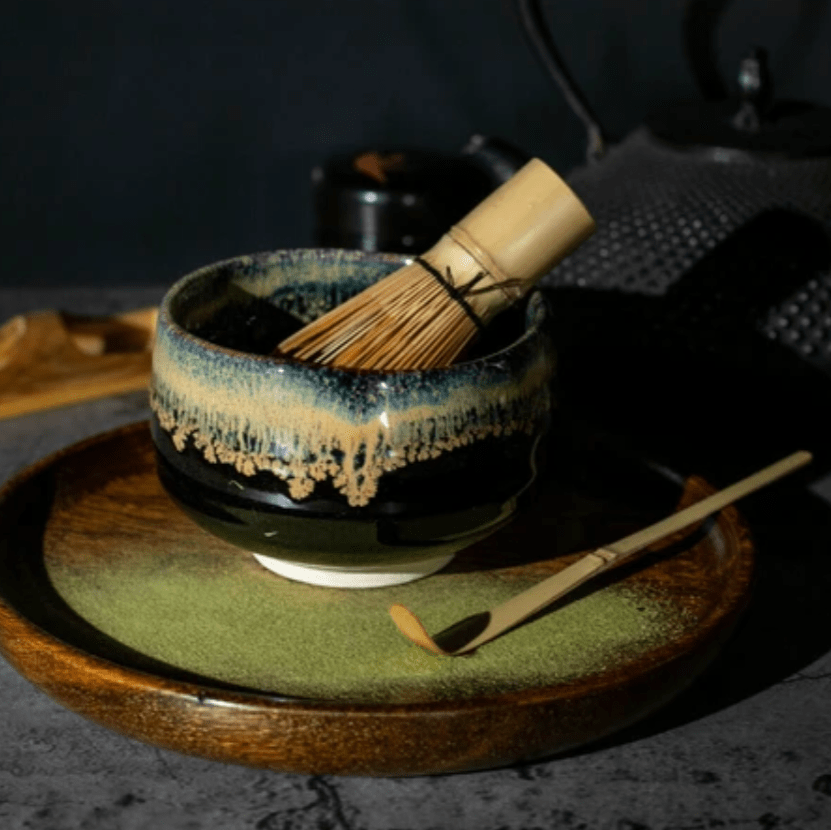

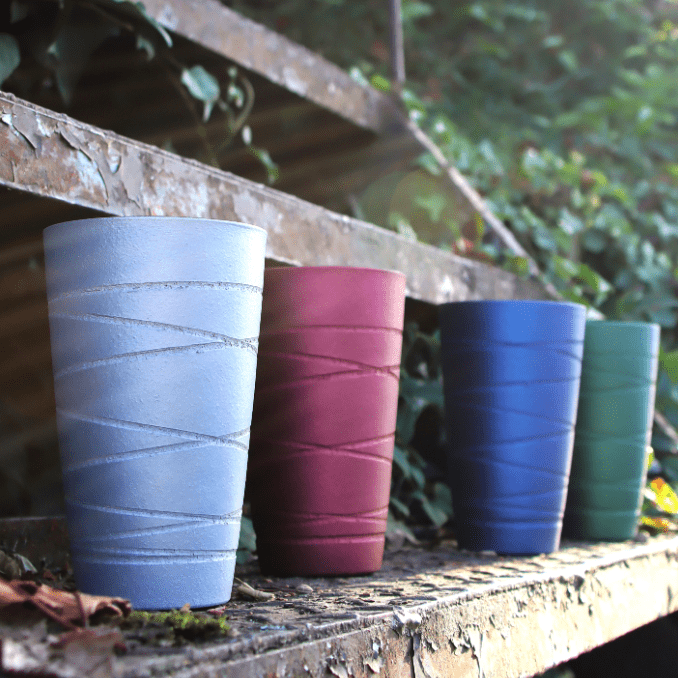
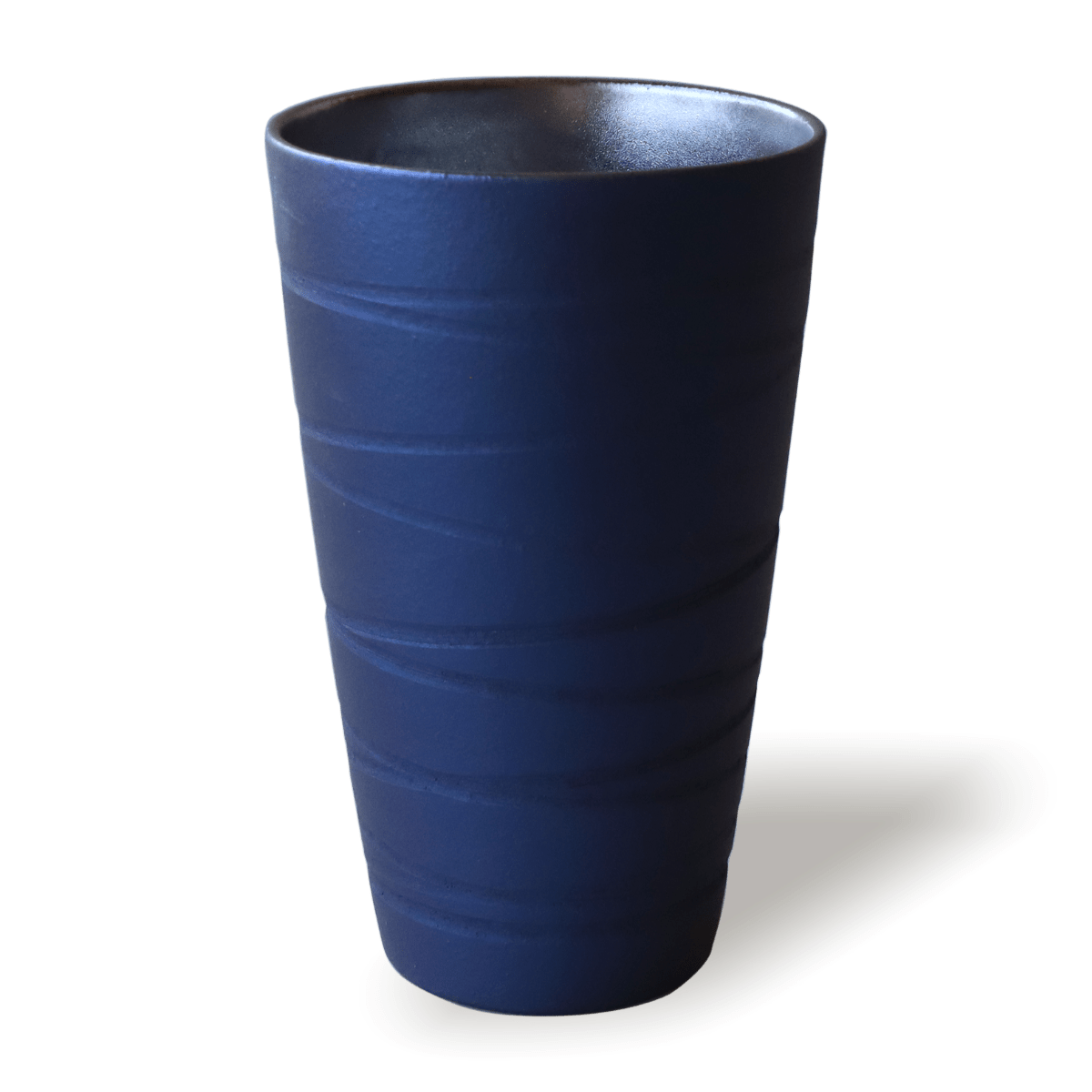

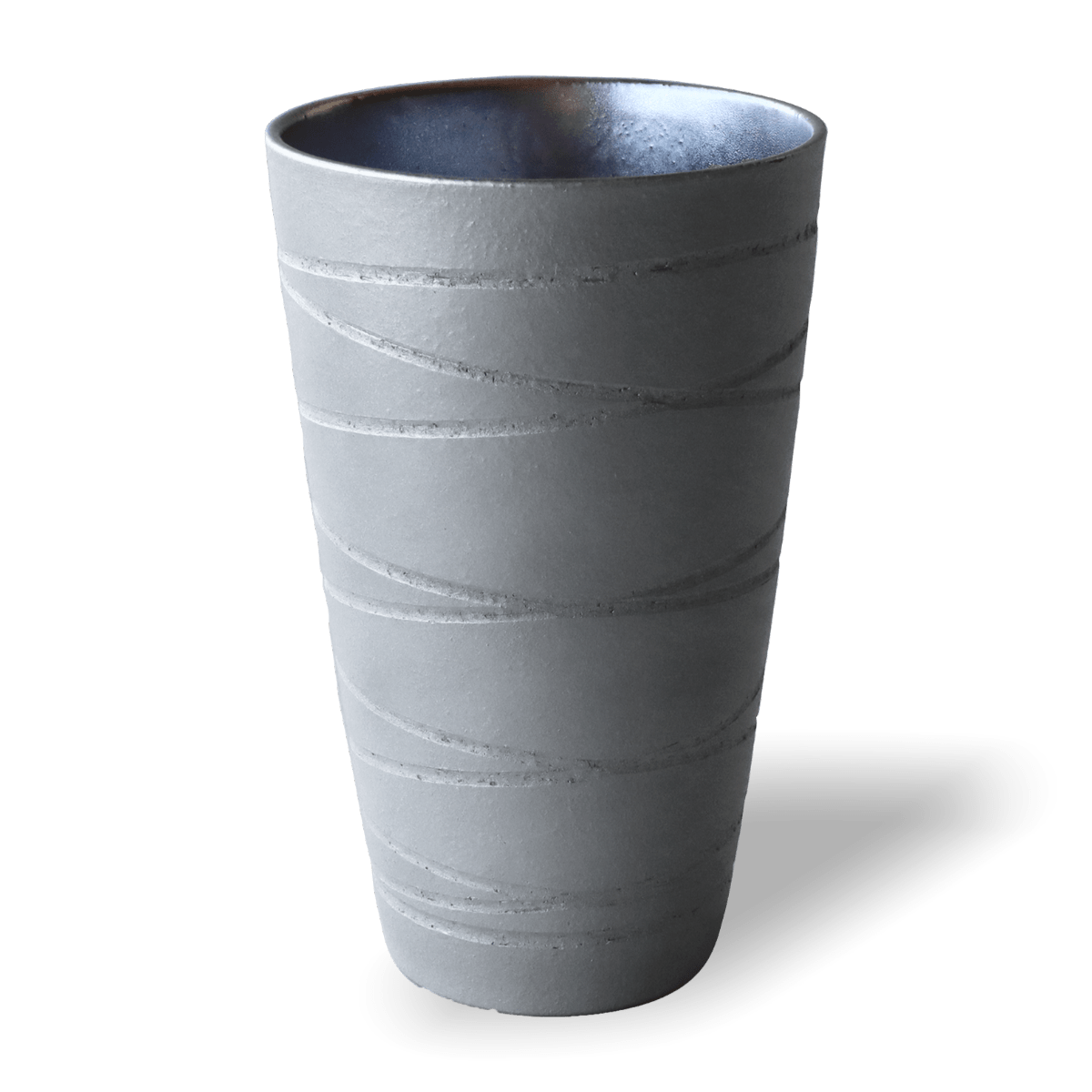
Share: